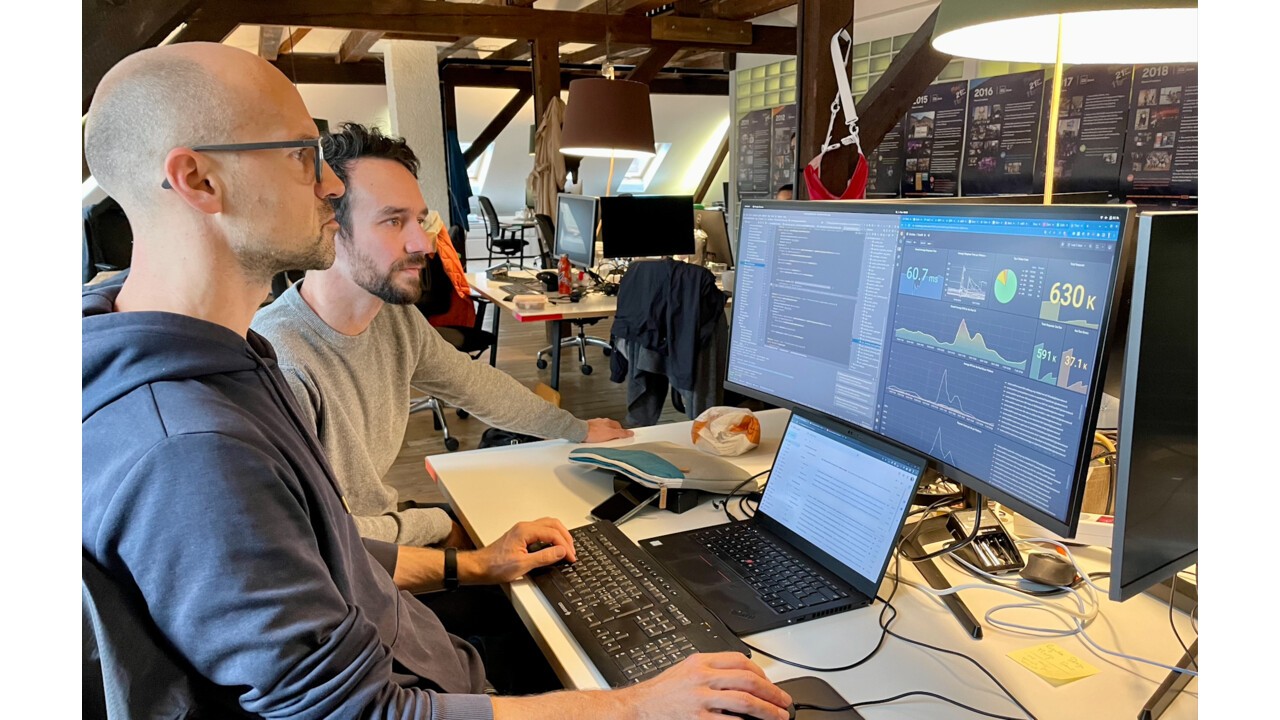Marketing value: How much value do trade fair websites & exhibitor directories really generate?
Today, trade fairs not only have to generate value for their exhibitors on site, but also online. But how well are trade show websites & exhibitor directories equipped to do this? And how well do they commercialize this generated marketing value? A fact check.
Today, trade fairs not only have to generate value for their exhibitors on site, but also online. But how well are trade show websites & exhibitor directories equipped to do this? And how well do they commercialize this generated marketing value? A fact check.
Trade shows are marketing tools and generate value on site, so-called "marketing value" for their exhibitors. Every business card collected, every conversation held, every exhibit inspected and every brochure taken away creates value.
Even though live marketing will remain important in the future, trade shows are facing a shift in marketing budgets. Various studies (e.g. study by BVIK) show that trade show budgets are decreasing while online marketing budgets are increasing.

This is a challenge, but not necessarily a problem. Because just as trade shows generate marketing value for their exhibitors on site, they can do the same online. And this is their chance to earn a share of the lucrative online marketing budget in the future.
When does a trade fair generate online marketing value for its exhibitors?
Onsite, exhibitors generate their marketing value at their booths. Digitally, exhibitors present "content" in the form of company profiles, videos, images, PDF downloads, etc. A value or "marketing value" is always created when visitors or rather users interact with this content.
Specifically, the following things create digital value for exhibitors:
- Impressions: Users are shown the preview of an exhibitor content (e.g. preview of the company profile, a video, etc.).
- Views: Users click and view exhibitor content.
- Interaction: Users interact with the exhibitor content, e.g. by bookmarking or liking it.
- Leads: Users disclose their data to exhibitors, analogous to the exchange of business cards at the trade fair. This happens, for example, through a contact request, appointment, whitepaper download, etc.
- Traffic: Users click on a link and visit the exhibitor's website or online store.
How much are impressions, views, leads and traffic worth?
Each of the points listed above has a value. In online marketing, it's perfectly normal to pay for that value. Exhibitors know this, too. For example, many online media charge for impressions as so called “thousand-contact-price”. That means, for every thousand times that a banner is displayed, the company pays a certain amount. The more specific and valuable the target group is, the higher this is.
The trade show websites and the exhibitor directories can therefore generate "marketing value" for exhibitors. The important thing here is to create as much value as possible from traffic on the one hand and to commercialize this value with the best possible offers on the other. This is the key to successfully expanding the "trade show" business model in the digital world.
How successfully do trade shows generate online marketing value for their exhibitors? And how well do they commercialize it?
In order to assess how successfully a trade show creates and commercializes marketing value, it is worth looking at the following four areas, including KPIs.
1. Exhibitor content as a percentage of traffic
When a user watches a video of an exhibitor, this creates marketing value. But if this user reads a PR text about the trade fair itself or a special show, this does not generate any value. So one question is how well my trade show website manages to direct traffic to where it creates marketing value. Two interesting KPIs for this are:

2. Marketing value per exhibitor
Exhibitors are used to paying for impressions, views, leads, etc. in other online marketing channels. The differences are big depending on the industry and target group. The USP of trade shows: They typically have highly specific and for the exhibitors very valuable target groups.
We have identified benchmark numbers that can be used to calculate a marketing value (feel free to contact me if you are interested). With these numbers the following KPIs can be calculated:

3. Degree of commercialization
Comparing the marketing value with the revenue generated by a trade show with digital offerings (both mandatory media flat rate and additional sales) enables a statement to be made about the degree of commercialization.

If the degree of commercialization is below 100%, a trade show is leaving money on the table. If the degree of commercialization is above 100%, it tends to sell too expensive offers (which can lead to dissatisfied exhibitors).
4. Activation 365 days potential
Many trade shows have begun to operate year-round platforms to connect exhibitors and visitors between shows. The only question is, how successful? We suggest the following three KPIs for evaluation:

Ready to benchmark?
Would you like to know how well your trade show website and exhibitor directory generates marketing value for your exhibitors? And whether they are adequately commercializing it or leaving money on the table?
Then get in touch with us and we'll benchmark your figures against the 36 trade shows already running on Conteo, without obligation and in confidence. We look forward to an exciting discussion with you!


